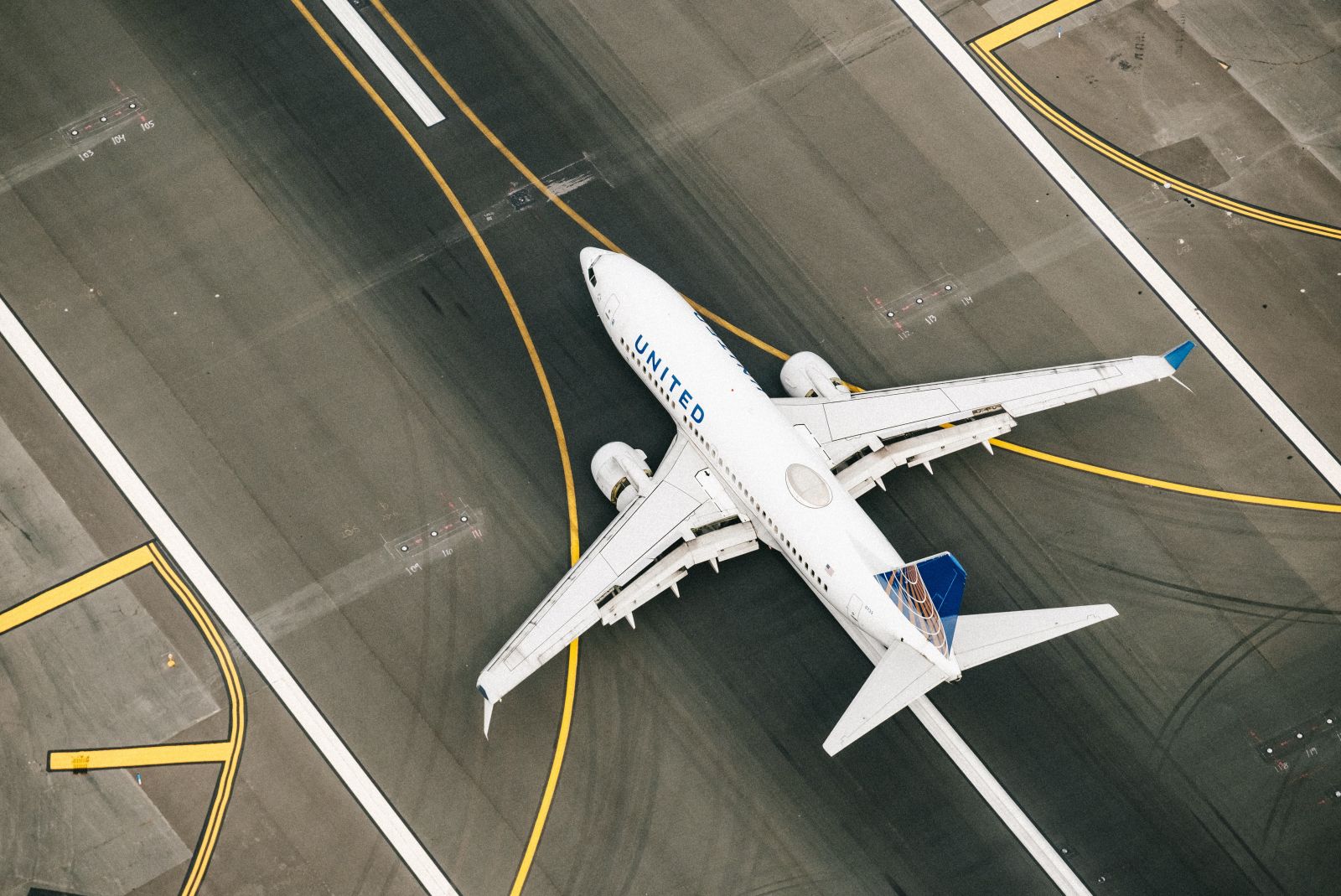United Airlines Unusually Active Options Are a Thing of Beauty If Income Is Your Game

United Airlines (UAL) stock gained 17% on Wednesday due to a healthy Q1 2024 earnings report. The airline beat analyst estimates on the top and bottom lines despite a $200 million dent in profits due to the grounding of the Boeing (BA) 737 Max 9.
On the top line, United reported revenue of $12.5 billion, 9.7% higher than a year earlier. TRASM (total revenue per available seat mile) increased by 0.6%, with a 6.8% increase in passengers to 39.33 million.
On the bottom line, it lost $50.0 million on an adjusted basis, more than four-fold lower than Q1 2023. Further, it would have made money in the quarter if not for the $200 million impact from the Boeing grounding. Over the trailing 12 months through March 31, its adjusted EBITDA margin was 14.8%, 180 basis points higher than in the same period a year earlier.
I’ll get some of the other good stuff below.
In the meantime, United’s options volume on Wednesday was just under 400,000, more than 5x its 30-day average. It was the highest single-day volume in the past two years.
Its unusual options activity was also high, with 22 having Vol/OI ratios higher than 1.25 (excluding Friday’s expiries). Of those 22, two were in the top 10 and five in the top 100. All five in the top 100 had Vol/OI ratios greater than 10.
If you’re an income investor, the unusual options activity from yesterday provided some excellent opportunities to generate extra cash.
The Rest of the Earnings Story
I’m a big fan of free cash flow, so I’ll start with this number. Its non-GAAP free cash flow was $1.48 billion, 35% higher than a year earlier. That’s always good to see. As a result, it was able to reduce its adjusted net debt to 2.7x EBITDAR, which brings it back to pre-pandemic levels.
In 2024, the company expects adjusted earnings per share of $10.00 at the midpoint of its guidance, which is flat compared to its 2023 earnings. I suspect United is being conservative in its guidance.
As a result of taking delivery of fewer Boeing aircraft in 2024 -- 61 narrowbody and five widebody aircraft, down from 101 narrowbodies originally expected -- while leasing 35 new Airbus (AIR.FP) A321neos for 2026 and 2027 delivery, its capital expenditures should drop by 28% to $6.5 billion, generating even more free cash flow.
With the additional free cash flow, it intends to pay down $1.8 billion in MileagePlus debt when it becomes prepayable in July. It has a high 10% interest rate, so getting that off the balance will help lower interest expenses.
In the conference call, CEO Scott Kirby discussed how United has developed a better value proposition for its customers, resulting in a 6% increase in domestic PRASM, double what one of its peers reported.
The airline now has some of the highest margins in the industry, a structural change that should carry forward for years to come.
While you never know with the airlines, probably one of the most challenging businesses to consistently make money in, the quarter’s a very good sign for shareholders.
The Option Income Available
Of the 22 unusually active options available, 16 were puts, with expiries ranging between eight days and 155.
The highest Vol/OI ratio was the April 26 $46 strike at 56.68, followed by the $45 strike on the same April 26 expiry at 27.08. The former had a bid price of $0.41, while the latter was $0.24. The former’s annualized yield, if you were to sell it, is 38.3%, which would be based on its closing price of $48.74. The latter is 22.4%, also good.
Given its share price momentum, up 20% in the past five days and 40% over the past six months, it’s unlikely to fall below $45 in the next week. I would have gone with the $45 strike due to the lower net price.
As I write this early in Thursday trading, the bid is still $0.24.
Looking further out, the July 19 $44 put had a bid price of $2.01, providing an annualized yield of 16.3%, which is still reasonably safe not to be exercised in three months. At current prices, UAL stock would have to decline by 16%. However, the premium income on this one has dropped to 1.09, making it less attractive given the longer DTE.
The Bottom Line on United
In November 2018, UAL stock traded around $95, almost double its current price. With its business getting stronger, the downside risk, barring any kind of economic hiccup, is far less than the upside potential at this point.
The risk/reward on many of its unusually active options is tilted in your favor. I’d seriously consider selling UAL puts or calls. As airlines go, it’s performing better than most.
On the date of publication, Will Ashworth did not have (either directly or indirectly) positions in any of the securities mentioned in this article. All information and data in this article is solely for informational purposes. For more information please view the Barchart Disclosure Policy here.